A magnificent discovery: Wherever you step, it can be textured with art

Excavations in the ancient city of Dara, located in the Oğuz neighborhood, 30 kilometers from the city center, began 38 years ago, and after it was included in the "Heritage to the Future Project" of the Ministry of Culture and Tourism last year, excavations continue uninterrupted.
In the excavations carried out so far, the ruins of a necropolis (where mass graves are located), church, palace, agora (market), dungeon, armory and dam were unearthed, and more than 10 thousand arrowheads, oil lamps, glass, ceramic works and jewelry were found in the region.
Important findings are being unearthed during the ongoing excavations in the agora of the ancient city, which was founded by the Eastern Roman Empire to protect its border against the Sassanids.
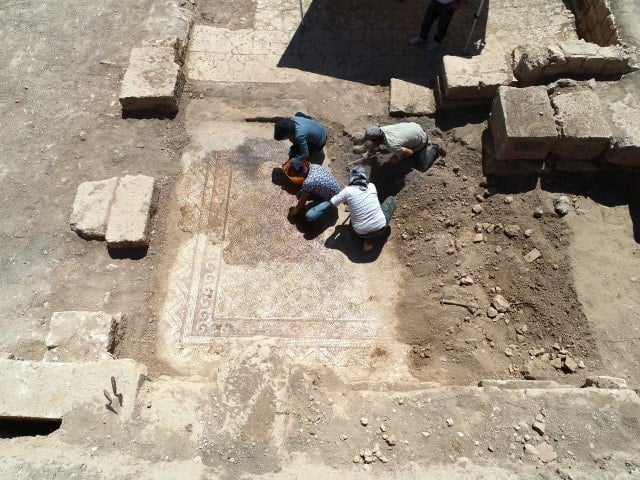
In the excavations continuing under the direction of the Mardin Museum, nearly 20 shops and workshops as well as a 1500-year-old drinking water system built during the Roman period were unearthed in the agora.
This year, during the excavations, a 1,500-year-old mosaic area with drop and wave figures was discovered in structures thought to have been used as residences, right next to shops and workshops.
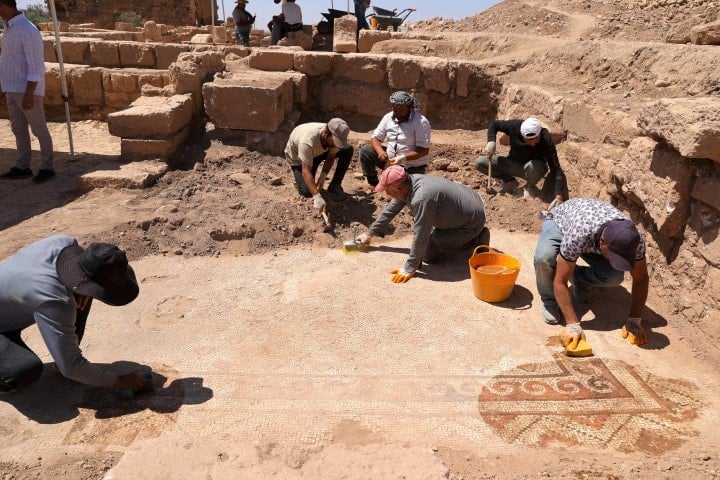
Provincial Director of Culture and Tourism Ayhan Gök said that they have left behind 39 years of excavations in the Ancient City of Dara and that the excavations were carried out meticulously after it was included in the "Heritage to the Future Project" last year.
Noting that they have been continuing their work in the agora region of the ancient city for the last few years, Gök reported that they have exhibited the artifacts they have unearthed in the ongoing excavations in the largest Roman settlement in the region in the museum and preserved some of them on site.
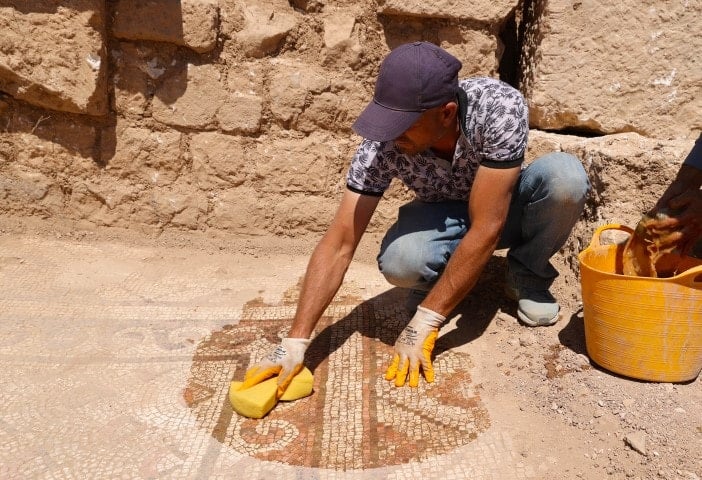
Gök stated that they encountered various findings as the excavations continued in the agora region of the Dara Ancient City, which is a unique place with the findings it contains, and noted the following:
"The newest of the findings is the mosaic. We think it was on the floor of the house for decoration purposes. We found it almost intact. This is very pleasing for us. It is a tremendous discovery for us, we have unearthed a mosaic that has been untouched for 1500 years. The mosaic is approximately 50 square meters. We can understand that it was restored in 2-3 places in ancient times. We were very excited about the mosaic being found. We will take it out in one piece. It will be a new attraction for visitors. We believe that we will reach new findings as the excavations continue because there is a tremendous history here. For this reason, we attach great importance to the work."
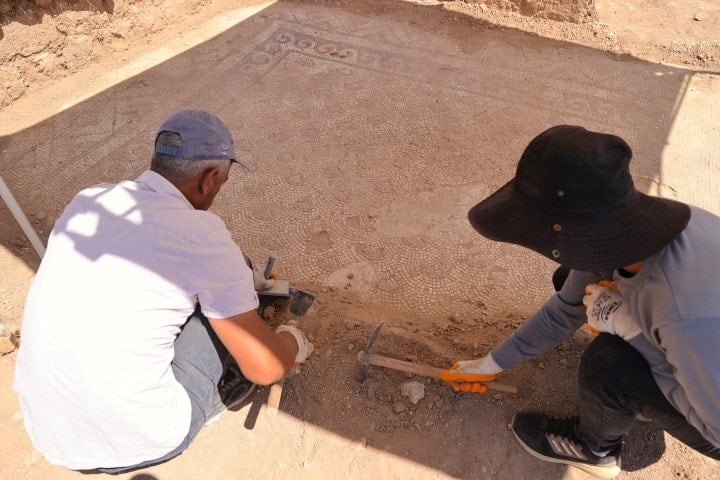
Gök thanked the teams who continued their work meticulously despite the extreme heat and emphasized that the Dara Ancient City, which attracts its guests with the largest necropolis, cisterns, agora and city walls in the region, will come to the fore even more with new findings and make a significant contribution to tourism.
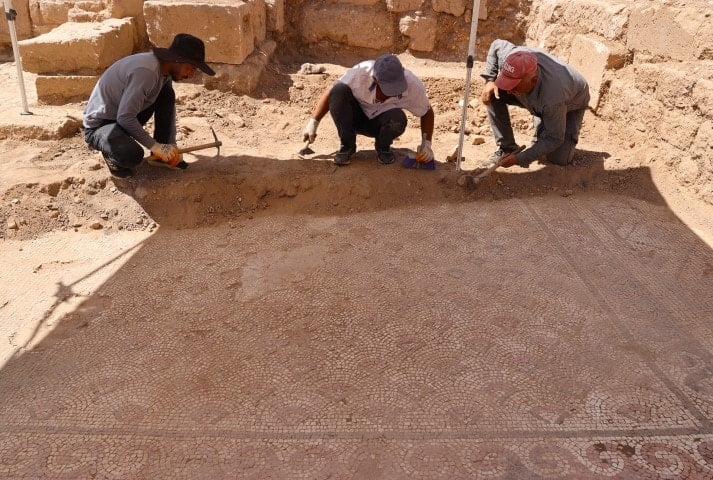
Dara Excavation Manager Archaeologist Dr. Devrim Hasan Menteşe said that they have been carrying out excavations in the agora region for approximately 5 years.
Menteşe, who reported that they have been carrying out studies to understand the function of the shops in the city's bazaar in the excavations they have carried out in recent years, said:
"We found a lot of evidence of what was done in these shops. We noticed that the floors of most of these shops were covered with mosaics. We found these pieces in many places, but we had not found many of them as a whole. There is a very rich culture in terms of mosaics in the ancient city, especially in the agora section, in the shops and the houses where we think the shop owners lived. We found a mosaic a few weeks ago.
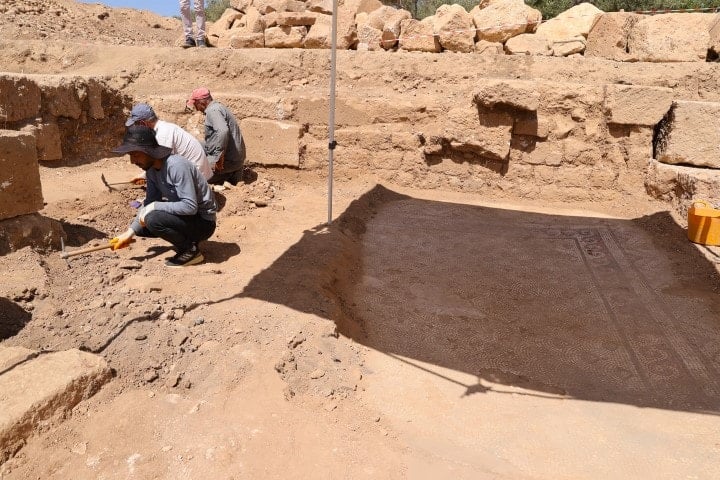
"We have removed more than half of it now, but with the drillings we opened, we saw that it was a whole mosaic. It forms a whole. It forms the floor of a large room. We saw wave and drop motifs on it. There are geometric patterns, especially wave and diamond-shaped motifs inside the borders. We found a coin on it dated to the time of Justinian I. It shows that it was built between 525-575. In other words, it is a mosaic with a history of approximately 1500 years."
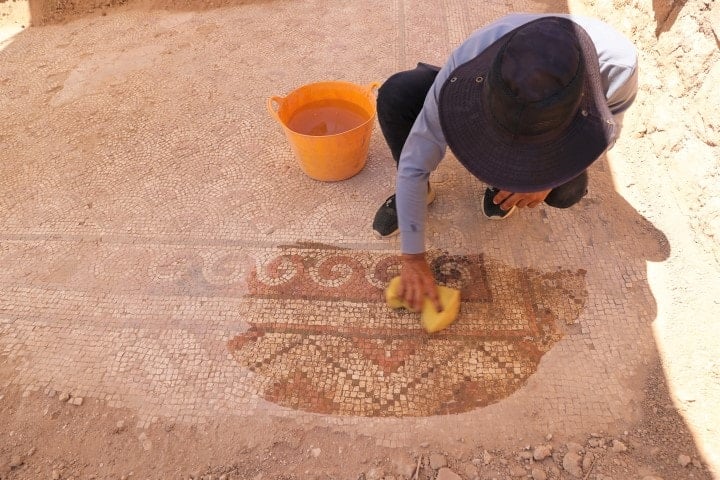
Menteşe stated that according to the findings, the ancient city of Dara was not only a garrison city but also the most important trade and faith center of Mesopotamia, and that it was known as a city where 25 thousand soldiers stayed for garrison purposes.
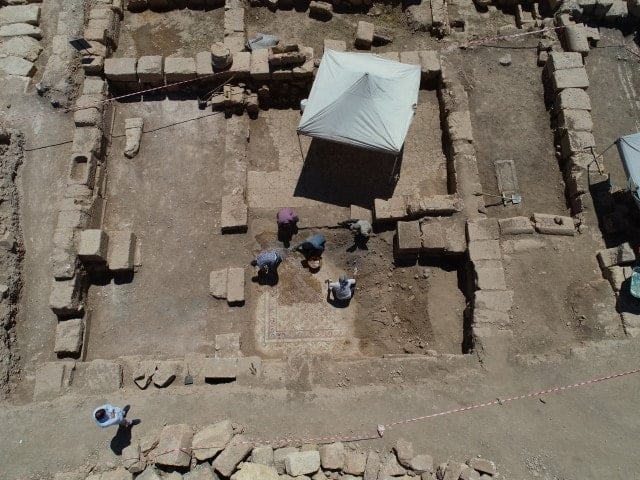
Menteşe stated that in their recent excavations, they understood that the ancient city of Dara was not only used for military purposes but also one of the most important trade centers of Rome in Mesopotamia, and added, "At the same time, the religious inscriptions we found show that the ancient city was a religious point, or at least a place frequented by pilgrims."
SÖZCÜ




